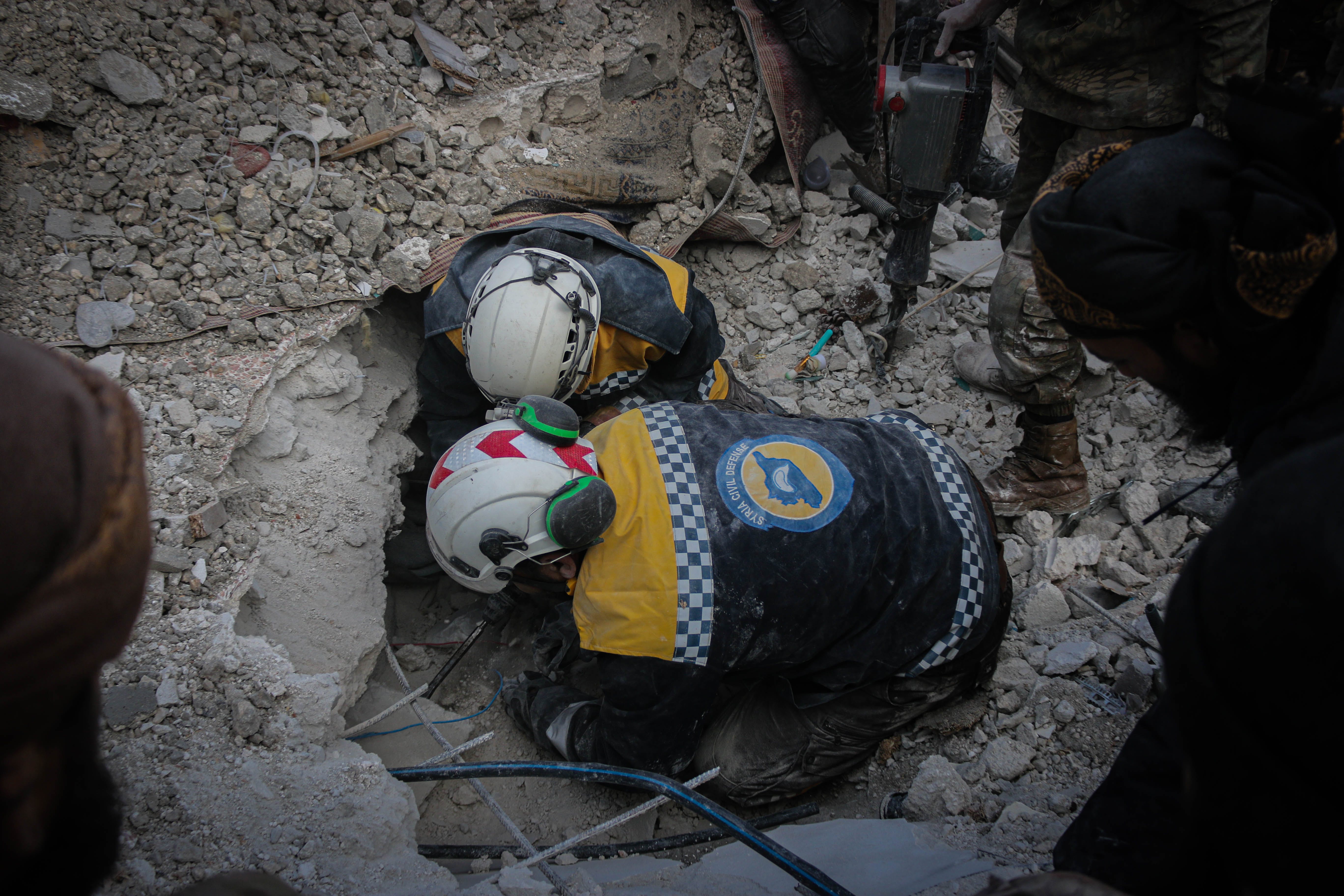Today marks World Humanitarian Day, which recognises the contributions of humanitarian workers.
The theme for this year, #TheHumanRace, highlights that time is running out to avoid the worst of the climate emergency and encourages people across the globe to run to raise awareness. This comes only a week after the Intergovernmental Panel on Climate Change (IPCC) released its Sixth Assessment Report. The report confirms what many already know: without urgent action to reduce greenhouse gas emissions, the world will heat above 1.5°C this century, with catastrophic impacts on our ecosystems and communities.
As the IPCC report shows, the climate emergency affects everyone – and everyone must take action. The humanitarian sector is no exception. A warming climate will produce more intense and protracted humanitarian crises. While we know that humanitarian organisations are only a small part of responses – alongside affected communities, governments, and diaspora networks, for example – this will nonetheless spread already insufficient resources even thinner. A study by the International Federation of the Red Cross and Red Crescent, which is a leading voice on climate and the humanitarian sector, projected that the funds needed to respond to climate-related disasters will go from today’s range of between USD$3.5-12 billion to USD$20 billion per year by 2030. They called their report ‘The Cost of Doing Nothing’.
The humanitarian sector must also reduce its own impacts. Its sizeable carbon footprint is well-documented, with logistics making up a significant proportion. Last year, a report by the Overseas Development Institute recommended that humanitarian systems ‘green’ their operations by creating targets to reduce their environmental footprint, increasing investment in disaster risk reduction and building partnerships with meteorological organisations. The Joint Environment Unit (JEU) of United Nations Environment and the UN Office for Coordination of Humanitarian Affairs (OCHA), established in 2004, helps United Nation member states prepare for and respond to environmental crisis. It also ensures humanitarian action is sustainable when dealing with environmental emergencies. Tools, like EHA Connect, provide resources for humanitarians working in disaster management to access environmental guidance. Forming strong partnerships, sharing information and collaborating between different actors can be the foundation for solving the climate emergency.

These partnerships must reflect the leadership of affected communities, channelling principles of inclusion and solidarity. In the Pacific, communities and activists are taking the climate justice fight on themselves and changing the narrative. The Partners for Resilience Alliance is an example of civil society, government and institutions working together on community resilience, ecosystem management and disaster risk reduction. The global COVID-19 pandemic highlights the ongoing need to properly finance, prepare and support those most vulnerable when disaster occurs. Inclusive and mutually-supportive partnerships are vital to humanitarians making their own systems more ecological and sustainable.
We recognise the challenges that humanitarian practitioners and organisations face in changing behaviours and practices within the sector. Last year, we teamed up with The Behavioural Architects to analyse how humanitarian agencies can improve their communication about climate change to the general public. Our collaboration with World Vision Australia examines the need for integrating disaster risk reduction and climate change adaptation for communities throughout the Pacific. And the next iteration of our flagship research program Humanitarian Horizons, supported by the Australian Department of Foreign Affairs and Trade, will have a core research stream focusing on climate change: Greening the System. The goal of Greening the System is to support the sector to reduce the environmental impact of humanitarian action, focusing on carbon emissions. Working with our partners throughout the Pacific is central to assisting communities who are often on the frontline of the climate emergency.
While time is running out to prevent irreversible damage to our planet, actions taken within our sector have broader implications for society and climate. The Brazilian environmentalist Chico Mendes once said: “At first I thought I was fighting to save rubber trees. Then I thought I was fighting to save the Amazon rainforest. Now I realise I am fighting for humanity.” Each individual action plays an important role in keeping our planet liveable. This year, World Humanitarian Day can serve as a clarion call for all emergency response actors to work towards a greener and more just planet, whether you pick up your runners or not.
Credits: Photo by Matt Palmer on Unsplash, World Humanitarian Day photo ©Sadek Ahmed






